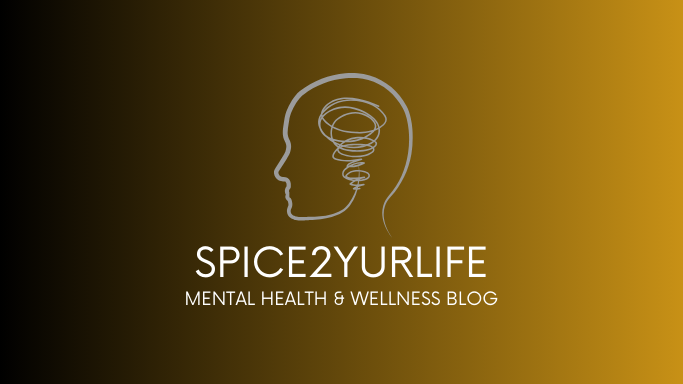Panic attacks are one of the most misunderstood and underestimated mental health experiences. Often portrayed inaccurately in media or dismissed as mere moments of stress, panic attacks can be incredibly debilitating and overwhelming for those who experience them. In this blog post, we'll delve into the intricacies of panic attacks, exploring their symptoms, causes, and strategies for coping and seeking support.
What is a Panic Attack?
Imagine being caught in a sudden storm of fear and distress, where your heart races uncontrollably, your palms sweat, and you struggle to catch your breath. This is the essence of a panic attack. Defined as a sudden onset of intense fear or discomfort, panic attacks can happen unexpectedly, regardless of whether there's an apparent threat or trigger present.
Symptoms of a Panic Attack:
Panic attacks manifest through a variety of physical, emotional, and cognitive symptoms, including but not limited to:
1. Rapid heartbeat or palpitations
2. Shortness of breath or hyperventilation
3. Sweating or chills
4. Trembling or shaking
5. Chest pain or discomfort
6. Dizziness or lightheadedness
7. Nausea or stomach distress
8. Feeling detached from reality
9. Fear of losing control or going crazy
10. Fear of dying
These symptoms can vary in intensity and duration, but they often peak within minutes and then gradually subside. Despite their transient nature, panic attacks can leave a profound impact on individuals, affecting their daily functioning and quality of life.
Causes and Triggers:
The underlying causes of panic attacks are complex and multifaceted, involving a combination of genetic, biological, psychological, and environmental factors. Some common triggers and contributors include:
1. Genetics: Individuals with a family history of anxiety disorders may have a higher risk of experiencing panic attacks.
2. Brain chemistry: Imbalances in neurotransmitters such as serotonin and norepinephrine can contribute to the development of panic disorder.
3. Stressful life events: Traumatic experiences, major life changes, or chronic stress can trigger or exacerbate panic attacks.
4. Phobias: Specific phobias, such as agoraphobia or claustrophobia, can trigger panic attacks in certain situations or environments.
5. Medical conditions: Certain medical conditions, such as thyroid disorders or cardiovascular issues, can mimic symptoms of panic attacks.
6. Substance abuse: Alcohol, caffeine, nicotine, and recreational drugs can increase the risk of panic attacks, especially in susceptible individuals.
Coping Strategies and Treatment:
Managing panic attacks often requires a comprehensive approach that addresses both immediate symptoms and underlying triggers. Here are some strategies and interventions that may help:
1. Deep breathing and relaxation techniques: Practicing deep breathing exercises, mindfulness, or progressive muscle relaxation can help calm the body and mind during a panic attack.
2. Cognitive-behavioral therapy (CBT): CBT is a highly effective form of therapy for panic disorder, focusing on identifying and challenging negative thought patterns and behaviors.
3. Medication: Antidepressants, anti-anxiety medications, and beta-blockers may be prescribed to reduce the frequency and severity of panic attacks.
4. Lifestyle modifications: Adopting a healthy lifestyle that includes regular exercise, adequate sleep, balanced nutrition, and stress management can support overall well-being and reduce the risk of panic attacks.
5. Support network: Building a strong support system of friends, family, or support groups can provide emotional validation, encouragement, and practical assistance during difficult times.
Seeking Professional Help:
If you or someone you know is struggling with panic attacks, it's essential to seek professional help from a qualified mental health professional. A therapist or psychiatrist can conduct a thorough assessment, provide an accurate diagnosis, and tailor a treatment plan to meet your individual needs.
Remember, you are not alone, and help is available. With the right support and resources, it's possible to manage panic attacks and reclaim a sense of control and empowerment over your life.
Panic attacks are more than just fleeting moments of anxiety—they are profound experiences that can deeply impact individuals' lives. By increasing awareness, understanding the symptoms and triggers, and exploring effective coping strategies and treatments, we can break down the stigma surrounding panic attacks and foster a culture of empathy, support, and healing. If you or someone you know is struggling, reach out for help, because no one should weather the storm alone.







No comments:
Post a Comment